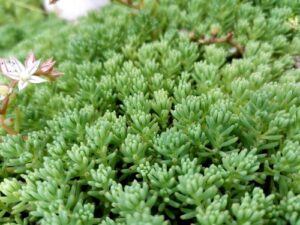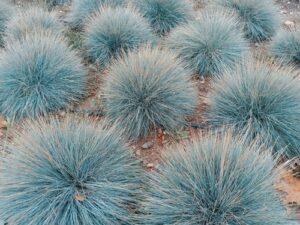Best Plant Types for Hillside Landscaping


Hillside landscaping presents unique challenges but also offers opportunities for stunning visual appeal. Choosing the right plants is crucial for ensuring a thriving and low-maintenance garden on a slope. Here’s a comprehensive guide to help you select the best plants for your hillside landscaping project.







